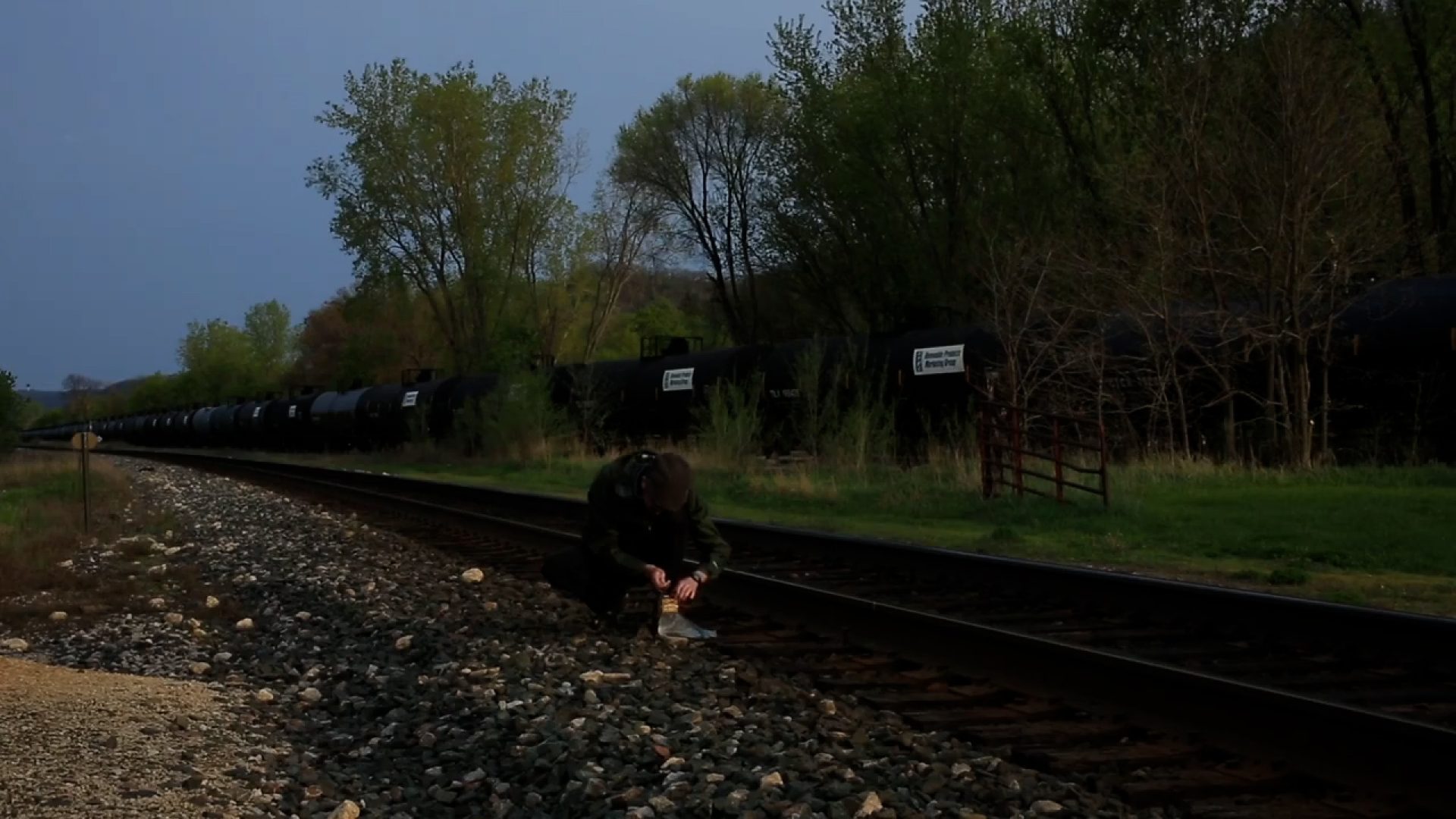These set of spaces are designed to experience the sound in a physical way rather than as an auditory activity. For that reason so far, the installations consist of pitch-black spaces with a portion of the architecture vibrating at subsonic frequencies. The lack of visual input is designed to facilitate a recalibration of the sensory balance between the senses. To achieve this, the visitor needs to reassign the attention given to their five senses, tuning out reliance on sight and sound and attuning themselves to the haptic experience of their body standing in space. This kind of spatial sensory deprivation also attempts to build on the liminality[1] of the experience by shifting the visitor’s attention to the internal sensory information of the body rather than external sensory inputs.
The pitch-black room also affects the perception of time and space of most of the visitors. As the vibration can be felt rather than heard, time is a crucial aspect of the piece. The subtle vibration of the entire space has an accumulative effect for the audience. The vibrations accumulated increase their gained effect just until the amount held by the body traversed the threshold of attention and the visitor establishes an awareness of that sensation. The threshold differs depending of the visitor, from physical and physiological reasons. As smaller is the physique of the visitor, sooner he will perceive the sensations. In addition to that some people are better tuned to their bodies making the process of perceiving the vibrations sooner. Usually this second group practice some discipline directly related to the awareness of the body like dance or yoga.
The sensation that the visitor would experience varies depending on their memories and physiology. One of the most recurrent descriptions among the visitors is a tingling sensation climbing from the feet to the chest though the spine. Depending on the disposition of the transducers in the installation, some visitors reported feeling in their heads a change of air pressure in the corridor.
The Vibrail installation presented a 70 feet long train tunnel built inside the Arteleku Art Center in Spain[1]. The visitor experienced the vibration of trains passing through a bridge in proximity to the venue. The distance the visitor has to cover inside the installation allows for a smooth transition from external stimulus to internal sensations. The visitor has the agency to decide how gradually they want to be immersed in the piece. When the space available is not enough to guarantee an average one minute walk minimum inside the room, the corridor was designed as a maze to generate a buffer time before the visitor is exposed to the chamber where the infrasound frequencies are emitted. This is the case of the installation What the train left behind exhibited in Winona, Minnesota. Regardless of the design of the corridor, the final room has always been a single person space to aid in visitor exposure from any external disruption generated by social interaction. The visitor is permitted to spend all the time needed inside the installation, with a recommendation to not exceed the 20 minutes exposure to the infrasound for an optimal reception. Finally, the website www.urbaninfrasound.com was created to document this project and the process of recording, transducing and displaying the infrasound as art installations.

[1] Miguel Elizalde | Art & Communication Design. <http://www.poietic.info/miguel/portfolio/vibrail/> accessed December 2015.
[1] Catherine Smith “Looking for Liminality in Architectural Space” Limen 1 (2001) <http://limen.mi2.hr/limen1-2001/catherine_smith.html>.
